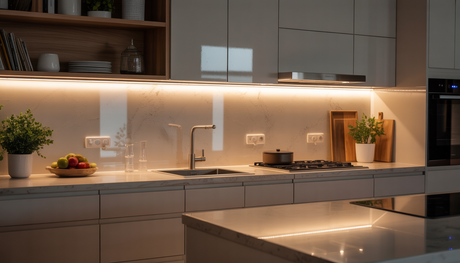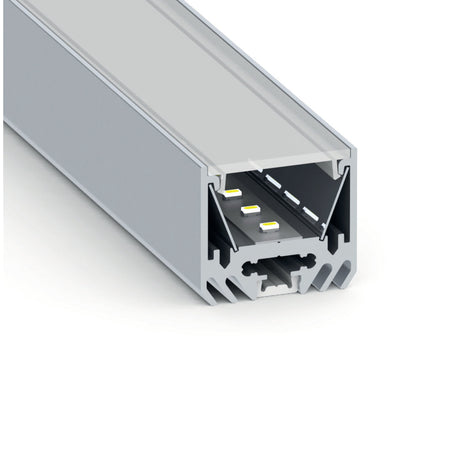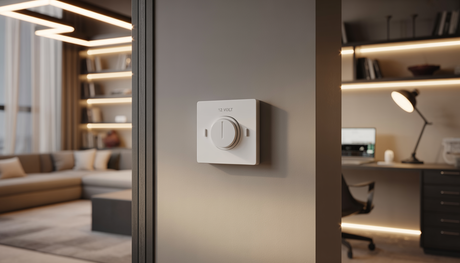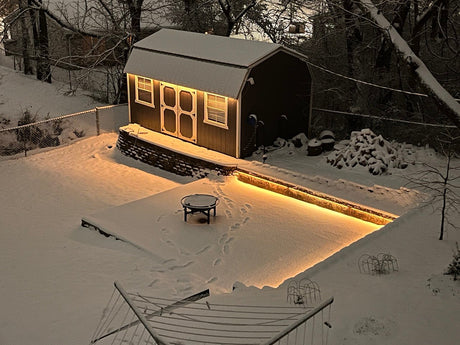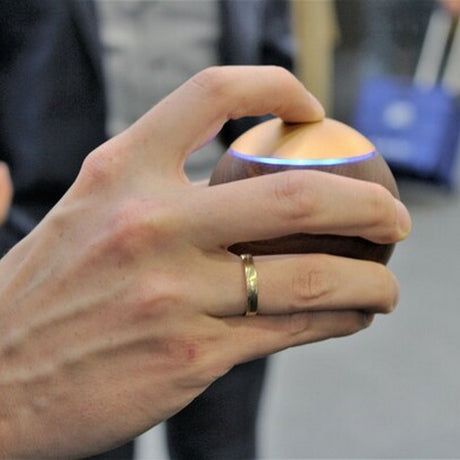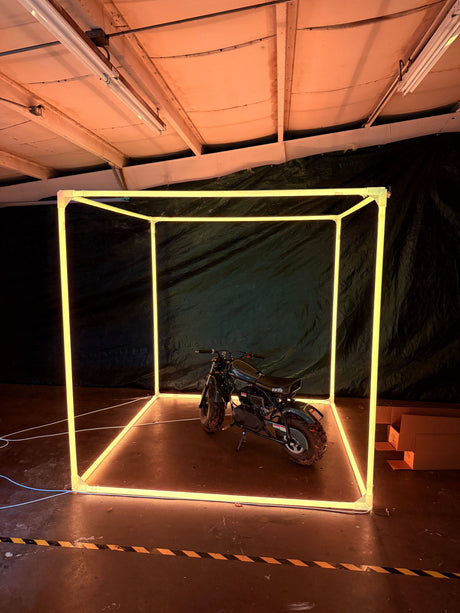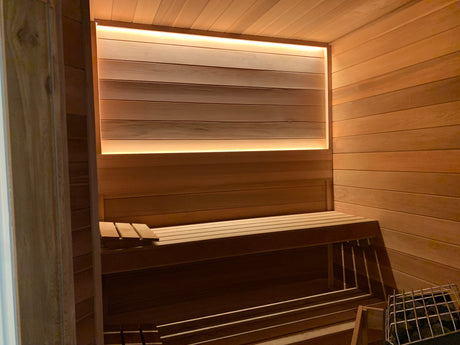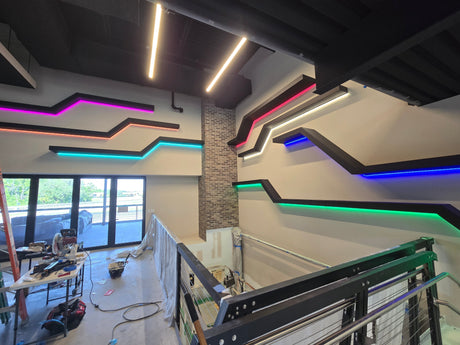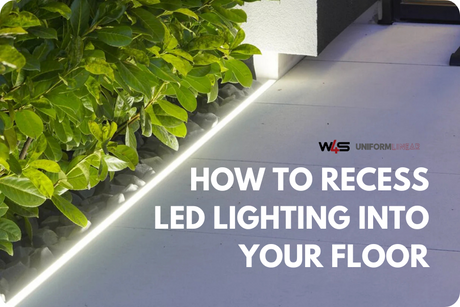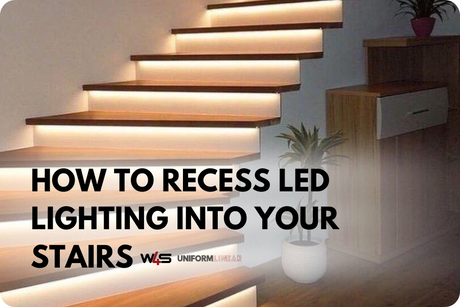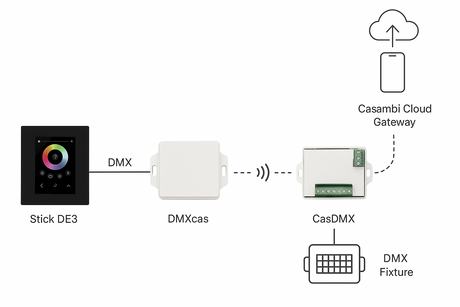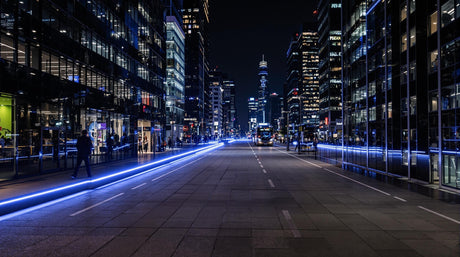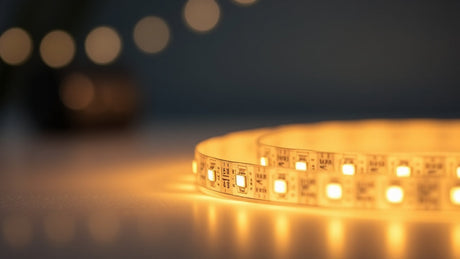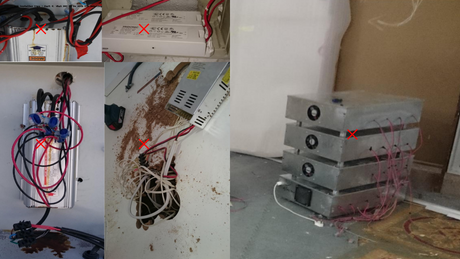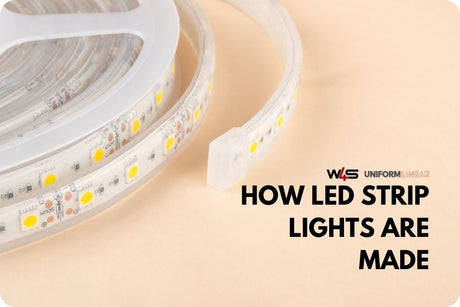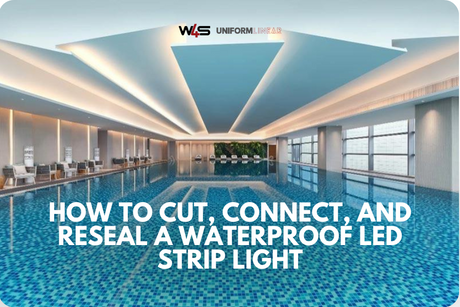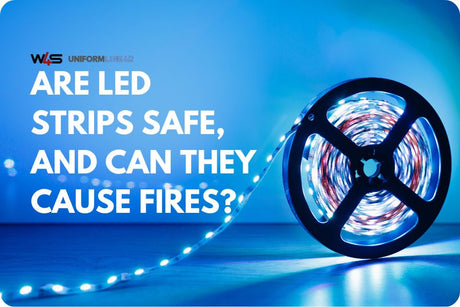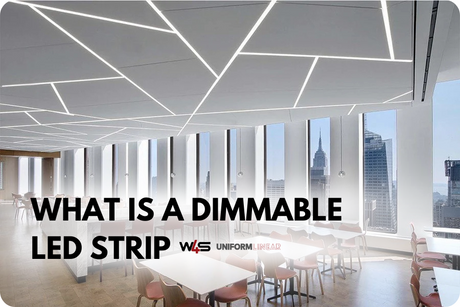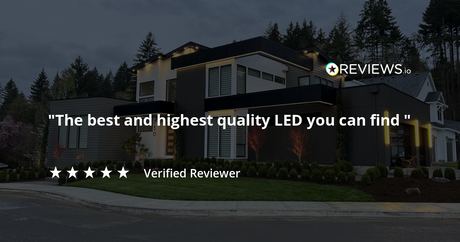Choosing the right LED channel is a crucial step in any lighting project. The type of channel you select affects the final appearance, ease of installation, and overall lighting effect.
Two popular choices are LED drywall channels and regular recessed LED channels, each offering distinct benefits depending on your needs.
When you want a seamless, modern lighting solution, LED drywall channels may be the right choice. On the other hand, if you prefer a more versatile and easier-to-install option, regular recessed channels could be a better fit.
Let’s break down the differences so you can make the best decision for your project.
What Are LED Drywall Channels?

LED drywall channels are made to sit flush within the drywall. They blend into the surface for a smooth, modern look. Once installed, they are mudded into place.
This type of channel creates a seamless lighting effect. There are no visible gaps or protrusions. The result is a clean, built-in appearance that works well in modern interiors.
These channels are popular for architectural lighting. They are often used on accent walls and ceilings. Because they are fully integrated, they need careful planning and installation.
Adding LED drywall channels takes more effort than regular recessed channels. The drywall must be cut to fit the channels. After installation, the area needs to be finished with joint compound and sanded smooth.
While the process is more involved, the result is worth it. The final look is sleek and professional. It enhances the space without visible fixtures or extra bulk.
These channels work best in spaces where aesthetics matter. LED drywall channels are a great choice if you want an elegant, custom lighting effect.
What Are Regular Recessed LED Channels?

Regular recessed LED channels can be installed into different surfaces. These include wood, metal, and drywall. Unlike drywall channels, they do not always need a joint compound finish.
Depending on the installation, the edges may remain slightly visible. This makes them different from drywall channels, which are fully integrated.
These channels are easier to install. They do not require as much preparation or construction work. This makes them a practical choice for many lighting projects.
Recessed LED channels are often used in cabinetry and shelving. They are also great for general accent lighting. If you want a sleek look with a simpler setup, these channels are a good option.
They provide flexibility without major drywall modifications. This makes them ideal for projects that need a clean finish with less effort.
Key Differences Between LED Drywall Channels & Regular Recessed Channels
Installation Method
LED drywall channels are embedded into the drywall. Installing them involves cutting the drywall, fitting the channel, and applying mud/plaster. This process creates a smooth, built-in look but requires more time and effort.

Meanwhile, regular recessed channels are simpler to install. They can be mounted on wood, metal, or drywall without the need for joint compound. This makes the process faster and more convenient.

When time and ease of installation matter, recessed channels are the better choice.
Appearance & Aesthetic Impact

When you need a lighting solution that disappears into the surface, LED drywall channels are the best choice. Once installed, they leave no visible edges, creating a smooth, custom-built look that complements modern interiors.
Regular recessed channels still provide a sleek and polished finish. However, depending on the installation, the edges may remain slightly visible.
While both options look modern, drywall channels offer a higher level of seamless integration.
Best Use Cases
LED drywall channels work best in high-end architectural designs. They are commonly used for accent walls, ceilings, and indirect lighting effects.
They are great for living rooms, hallways, and commercial spaces where a polished look is essential.
On the other hand, regular recessed channels are more versatile. They are ideal for under-cabinet lighting, bookshelves, and general accent lighting.
If you need a functional yet stylish lighting option, recessed channels are a great choice.
Durability & Maintenance
LED drywall channels are fully integrated into the surface. This protects them from accidental damage. However, accessing the lights for adjustments or replacements is more challenging.
Meanwhile, regular recessed channels are easier to maintain. Because they are not embedded into drywall, you can access and replace components without much effort. This makes them a more flexible option for future modifications.
How to Choose the Right LED Channel for Your Project

Project Type
Think about where you want to install your LED lighting. If the area is highly visible, aesthetics are important. LED drywall channels offer a seamless, built-in look that blends perfectly with walls or ceilings.
For functional lighting, like inside cabinets or along staircases, recessed LED channels might be the better choice. They provide effective illumination without requiring complex installation.
Installation Requirements
LED drywall channels require more effort to install. They are embedded into the drywall and finished with a joint compound to create a smooth, professional look. This process takes time and skill but results in a polished, seamless finish.
For an easier installation, recessed LED channels are a better choice. They can be mounted onto different surfaces with minimal effort, making them ideal for quick projects.
When you're working on a large-scale design or want a high-end finish, the extra effort of drywall channels may be worth it. However, for simple upgrades or flexible lighting options, recessed channels offer a practical and efficient solution.
Lighting Effect
Drywall channels create soft, diffused lighting that merges into the surrounding space. This effect is great for setting a warm, inviting mood.
Recessed LED channels, on the other hand, provide more direct lighting. They work well for highlighting specific areas, such as countertops, shelves, or pathways.
If you want ambient lighting that feels integrated into the design, drywall channels are the best option. For task lighting or accent lighting, recessed channels give you more control over brightness and positioning.
Maintenance & Adjustability
When you need to access or adjust your LED setup later, recessed channels make it easy. You can swap out lights or reposition them without major work.
Drywall channels offer a more permanent solution. They are built to last and provide a clean, high-end look. However, making changes later can be more challenging.
Consider your long-term needs before making a decision. If flexibility is key, recessed channels are the better option. If you want a refined, custom finish, drywall channels will give you the best result.
Choosing between LED drywall channels and regular recessed channels depends on your specific needs. If you want a seamless, built-in lighting effect, LED drywall channels are the best choice. If flexibility and ease of installation matter more, recessed LED channels offer a great alternative.
By understanding the differences, you can confidently select the right LED channel for your project and create the perfect lighting environment for your space.
FAQs About LED Drywall Channels vs. Regular Recessed Channels
What are LED drywall channels and regular recessed channels?
LED drywall channels are installed directly into drywall. This creates a smooth, seamless lighting effect. Regular recessed channels can be installed into ceilings, walls, or furniture. They provide more focused illumination.
Which type works best for a minimalist design?
Drywall channels blend into walls and ceilings. This creates a sleek, modern look. They are ideal for a clean, uncluttered lighting effect.
Can LED drywall channels be used for task lighting?
Yes! They are mainly used for ambient lighting. However, they can work for task lighting if placed in the right areas.
Are There Maintenance Differences in LED Drywall or Recessed Channels?
Yes. LED drywall channels are built into the wall. This makes them harder to access for repairs. Recessed channels are more exposed. They are generally easier to maintain.





